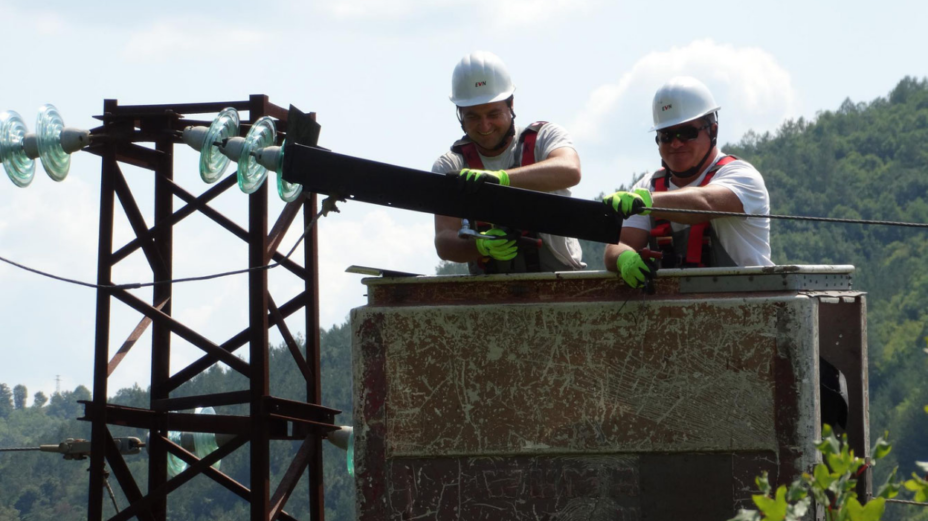Roc Genèse, the first wild bearded vulture nestling ever tagged in the French pre-Pyrenees, is now starting to wander around the mountain chain – it is now near the Tunnel of Bielsa. More than 170 km from its nest!
Roc Genèse flew off from its nest on the 20th May. It had been tagged in its nest in the Aude, in the French eastern pre-Pyrenees, as part of the LIFE GYPCONNECT project. The nestling hatched in the easternmost known Pyrenean nest, therefore the closest to the Massif Central, where a reintroduction project is being implemented by the VCF, LPO and other partners.
After his first flight, Roc Genése spent some time near the nesting area, roosting in a cliff about 3km from the nest, and often forging in another area about 6 km away from the natal nest. Then on the 17th June he did his first big movement – a flight of 21km. He then started to explore more and more – on the 28-29thth June he flew more than 60km, crossing the eastern Pyrenees until the Spanish border.
Led by the League pour la Protection des Oiseaux (LPO), in partnership with the VCF, Vautours en Baronnies, Centre National d’ Informations Toxicologiques Vétérinaires, Electricité Réseau Distribution France, Parc National des Cévennes, Parc Naturel Régional du Vercors, LPO Aude, and the Université Pierre et Marie Curie – Paris 6, the LIFE GYPCONNECT project aims to establish a breeding population of bearded vultures in the Massif Central, as well as in the Pre-Alps, through reintroduction, and promoting dispersal movements between the Alps and the Pyrenean populations.
This year 4 young bearded vultures were released in the project area, two in the Grands Causses and two in Baronnies – the first time that bearded vultures will be released in the latter region. The project also includes the establishment of supplementary feeding points to try to attract bearded vultures from the Pyrenees to cross the Aude valley.
We will monitor Roc Genèse´s dispersal and see where it will end up – we hope it will eventually fly east! You can follow the movements in an online map
The LIFE GYPCONNECT project is part of the VCF strategy to restore the species in western Europe, now that the Alpine population is firmly re-established – 34 pairs in 2015 and a record 20 fledglings, and with the first breeding in the wild in Andalucía happening also last year (following extinction there in the 80s, and the start of the reintroduction project 10 years ago), this project aims to promote movements of the species between Iberia and the Alps, thus promoting gene flow, which will also help increasing the genetic diversity of the alpine population, and thus accelerate the end of the reintroduction project there.
Photos LPO Aude
